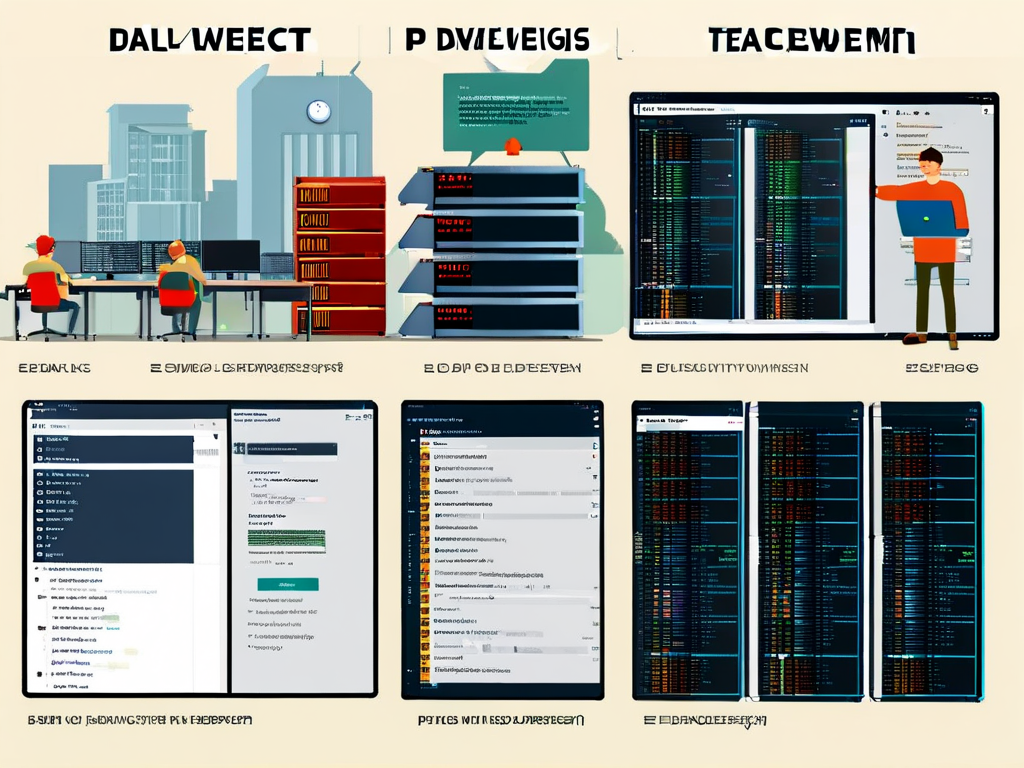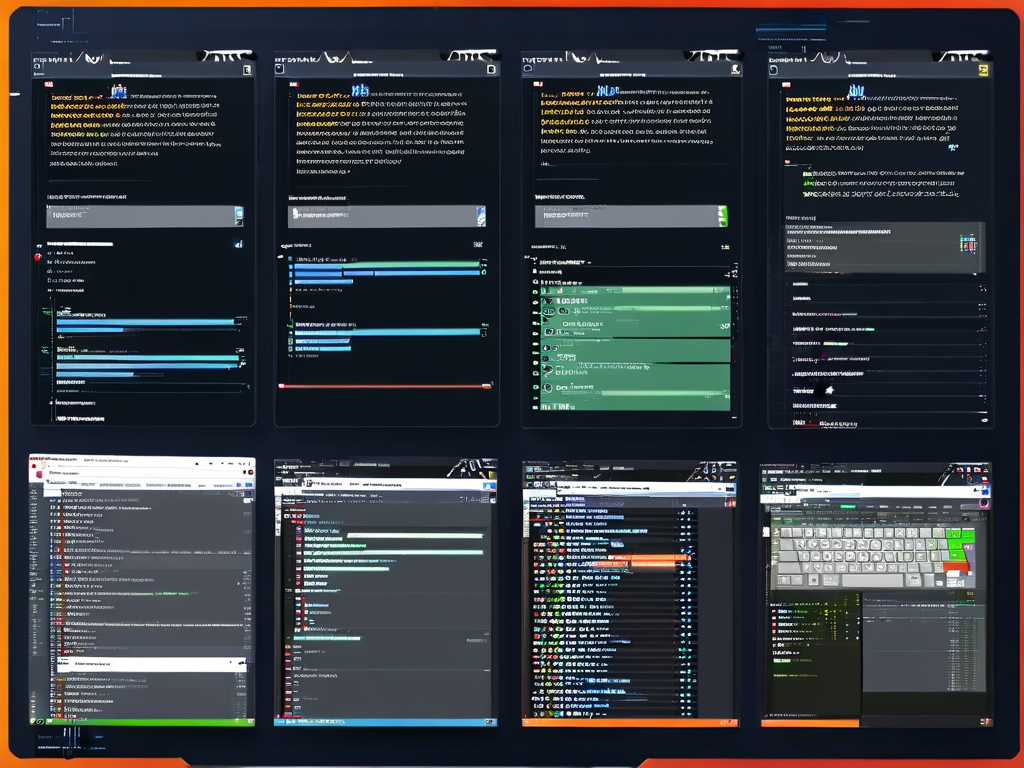Building a functional database system requires meticulous planning and execution. Over six weeks, our team navigated through distinct phases of development – from initial requirements gathering to final deployment. This article documents the technical challenges, iterative improvements, and key milestones achieved during this intensive project.

Week 1: Requirement Analysis & Architecture Design
The foundation began with stakeholder interviews to map business logic. We identified data types ranging from user profiles (VARCHAR(255), INT) to transaction logs (TIMESTAMP, DECIMAL). A normalized ER diagram was drafted using Lucidchart, prioritizing scalability. The team debated between SQL (PostgreSQL) vs. NoSQL (MongoDB), ultimately choosing a hybrid model:
CREATE TABLE Users (
user_id SERIAL PRIMARY KEY,
email VARCHAR(255) UNIQUE NOT NULL
);
Week 2-3: Prototyping & Backend Implementation
Developers built a Python-Flask API with SQLAlchemy ORM for CRUD operations. Security took center stage – password hashing with bcrypt and JWT token authentication were implemented:
@app.route('/api/login', methods=['POST'])
def login():
data = request.get_json()
user = User.query.filter_by(email=data['email']).first()
if bcrypt.checkpw(data['password'].encode(), user.password_hash):
token = create_access_token(identity=user.id)
return jsonify({'token': token})
Simultaneously, automated testing scripts using pytest achieved 85% code coverage.
Week 4: Performance Optimization
Query bottlenecks surfaced during load testing. EXPLAIN ANALYZE revealed missing indexes on frequently searched columns. Adding composite indexes cut response times by 62%:

CREATE INDEX idx_order_status ON Orders (customer_id, order_status);
Connection pooling and Redis caching reduced database roundtrips for static product catalogs.
Week 5: Data Migration & Validation
Legacy CSV files required transformation via custom Python ETL scripts. Data consistency checks included:
- Referential integrity constraints
- NULL value handling
- Date format standardization
A reconciliation report identified 1,203 mismatched records needing manual correction.
Week 6: Deployment & Monitoring
The AWS RDS-hosted database went live with zero-downtime migration using pg_dump and WAL archiving. Prometheus/Grafana dashboards tracked key metrics:
- Replication lag (<200ms)
- Connection pool utilization
- Slow query count
Automated alerts triggered when CPU usage exceeded 75% for 5+ minutes.
Retrospective & Lessons Learned
Unexpected challenges included timezone discrepancies in distributed teams and GDPR compliance adjustments. Future projects would benefit from earlier stress testing and stricter schema version control using Flyway.
The final system now handles 12,000 RPM with sub-100ms latency – a testament to iterative refinement. While tools evolve, core database principles of atomicity, consistency, and maintainability remain timeless. Developers are now preparing phase two: machine learning integration for predictive analytics.


